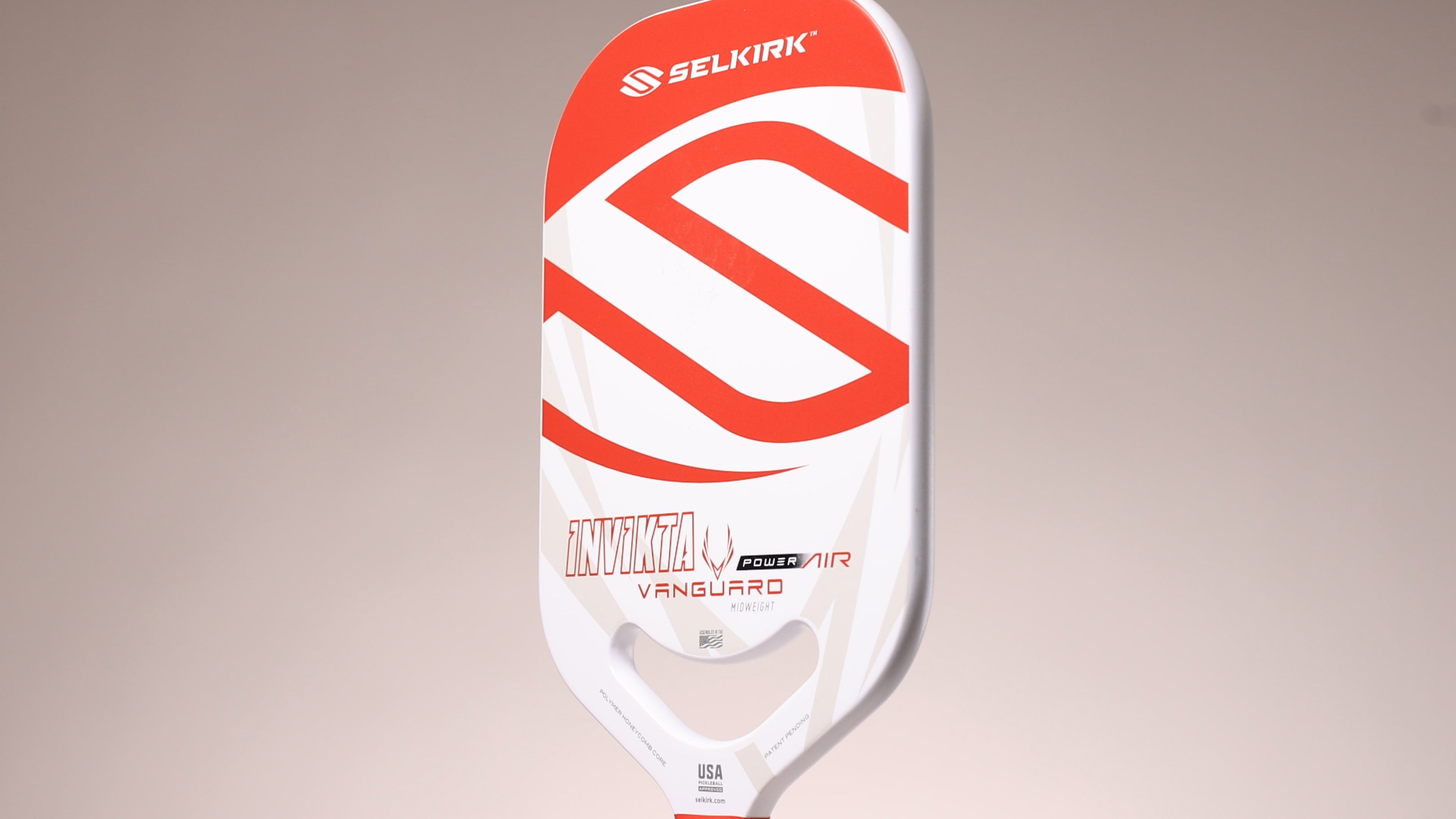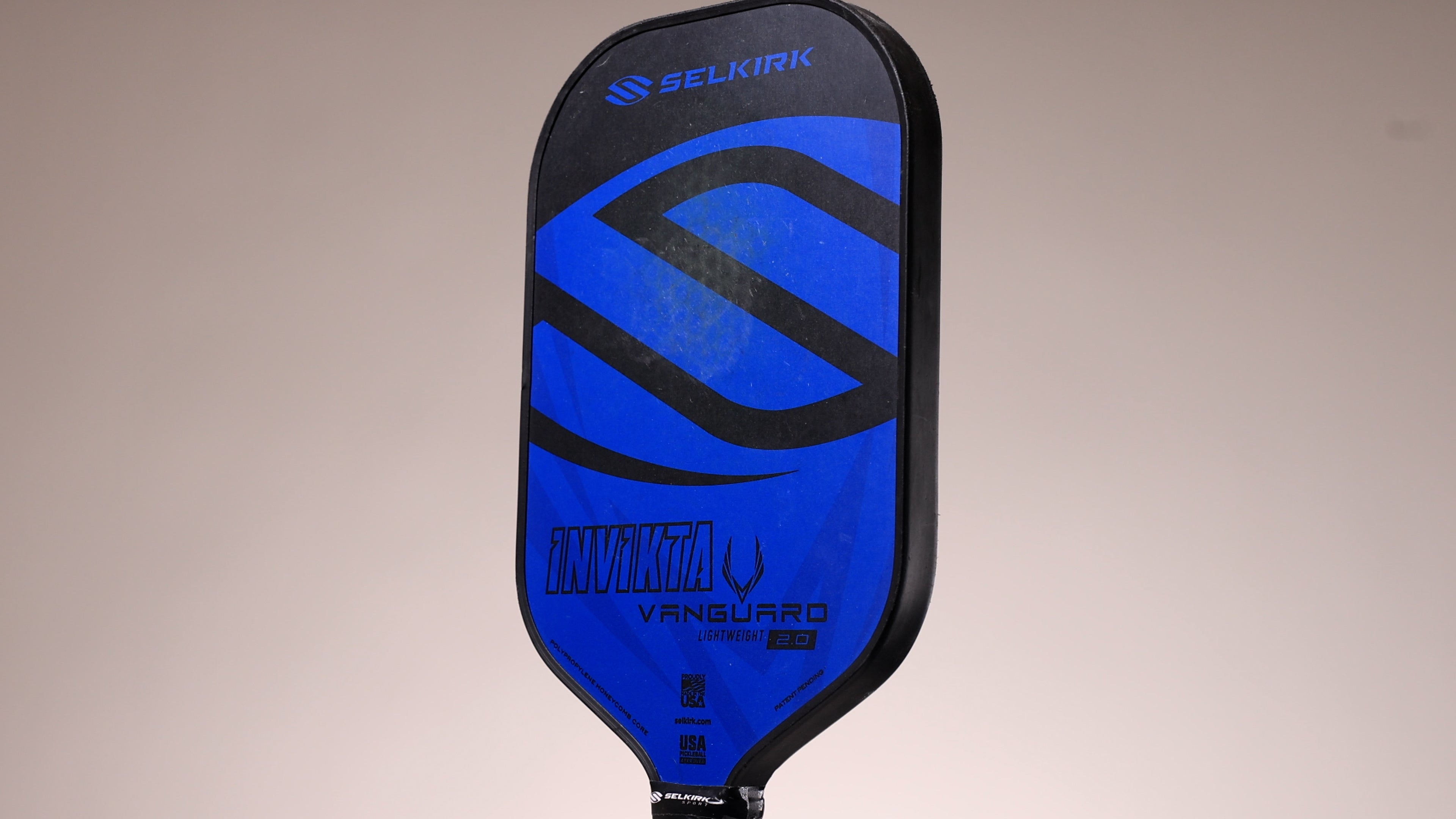FREE SHIPPING ON US ORDERS $35+ | LIMITED LIFETIME WARRANTY
Popular Products
FREE SHIPPING ON US ORDERS $35+ | LIMITED LIFETIME WARRANTY
Have you ever wondered why some pickleball paddles have thicker cores than others? Today, we'll be discussing pickleball paddle core thickness and what it means for your game. The core is the part of the paddle that is sandwiched between the paddle face on either side. It's usually made of a lightweight material, such as wood, foam, or polymer, and plays a significant role in how the paddle performs in terms of power and feel.
When it comes to the thickness of the core, the most common options are 14mm and 16mm. Let's take a look at the differences between them, their characteristics, and then we will go over their pros and cons.
Pickleball paddles with thinner cores are typically lighter, faster to swing, and provide more power but are usually considered to have less control. They're great for players who are more aggressive, like to attack, and counter. Thinner core paddles are typically considered power paddles because the ball cannot push into the paddle core as much when striking the ball, resulting in more energy from your swing being transferred to the ball. These thin core paddles are usually described as having a very crisp feel and provide more responsive feedback to the player.

On the other hand, paddles with thick cores are usually a bit heavier and provide more control and less power. They're ideal for players who want to be able to drop the ball from all areas of the court and have a more control/defensive orientated play style focused on dinking, resetting, and drops. Thicker core paddles are typically considered control paddles because the ball gets absorbed into the core on contact when compared to its thinner counterpart. This allows for a greater margin of error when trying to finesse your shots, whether you are trying to drive, dink, or reset the ball. The thicker core paddles are usually described as having a plush or soft feel to them.

It's essential to mention that the type of core you use is not exclusive to a certain play style. You could technically still play a more control-oriented style game with a thinner core and vice versa, using a thicker core for a more aggressive play style. It's merely a player's preference as they outweigh the pros and cons of using thinner core paddles vs thicker core paddles.
* Pros: Lighter and faster, more powerful
* Cons: Can be harder to control, crisp feedback may be jarring and not as comfortable
* Pros: Soft and plush feel ideal for resets and drops, much more forgiving and comfortable on the arm
* Cons: Can sometimes lack power, not as maneuverable
So, how do you choose which core thickness is right for you? It really depends on your playing style and personal preferences. If you're more of a finesse player, a paddle with a thicker core may be better suited for you. If you're looking for more power, a paddle with a thin core may be the way to go. Remember, the right paddle for you is the one that helps you play your best game.
Your cart is currently empty.

Selkirk recognizes the sacrifices made by our military/first responders. Log in here for details.

